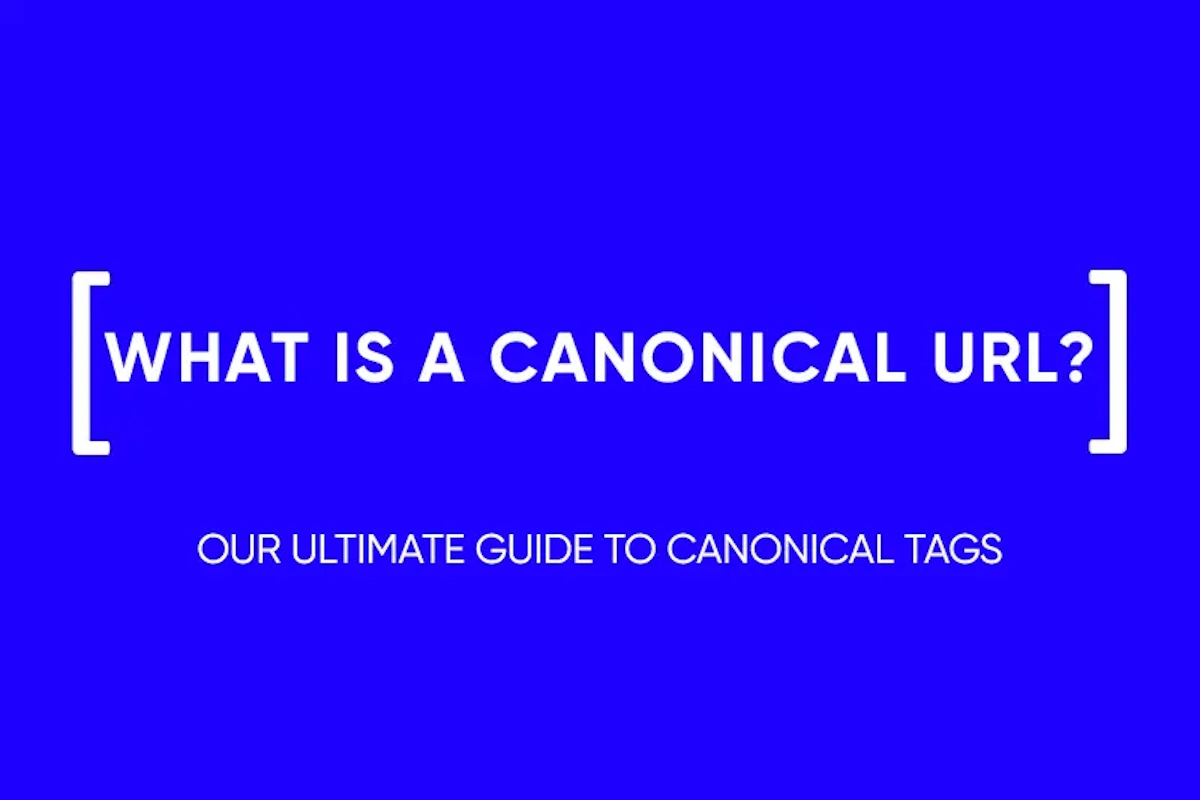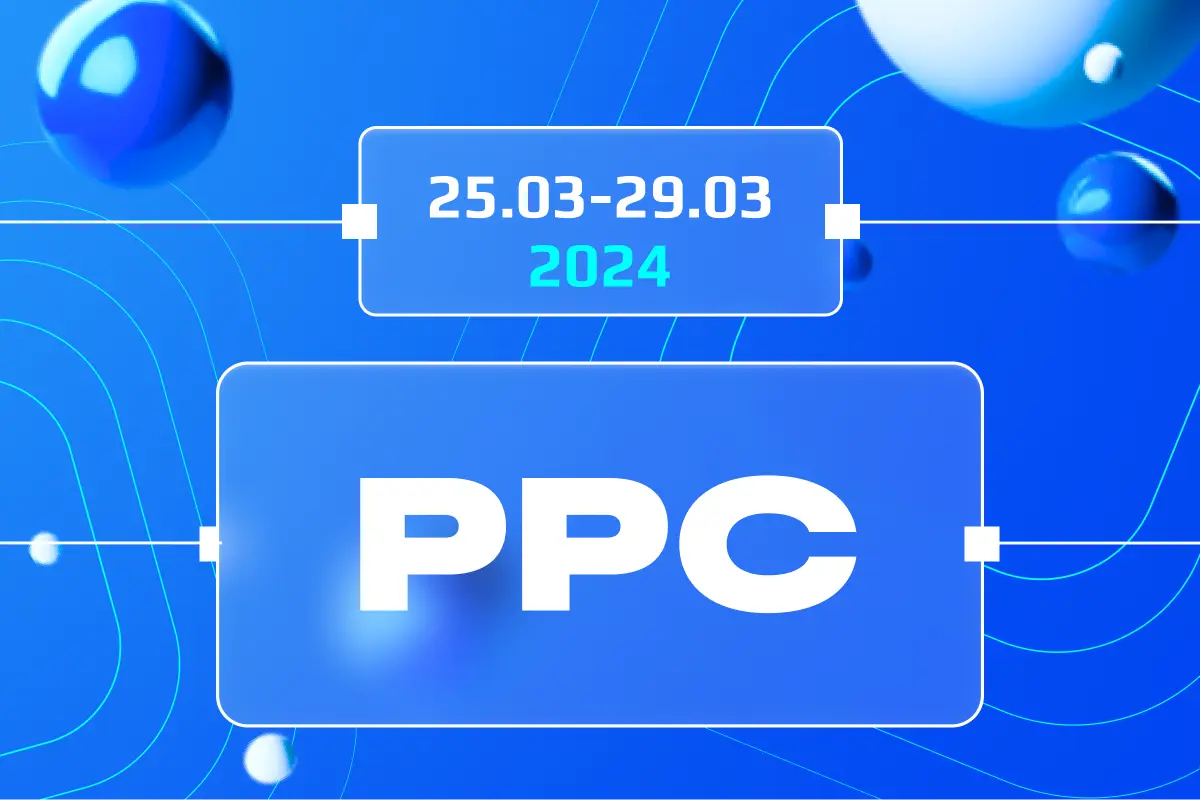Guide to Understanding Cost Per Lead (CPL)
It is not enough to launch an advertising campaign as you need to measure its effectiveness. If it is ineffective and does not achieve the desired results, something needs to be changed. One of the performance metrics is CPL. We will tell in our article what CPL means exactly.
What is CPL and how to calculate it
CPL or Cost Per Lead is the cost of attracting one potential customer from one specific traffic source.
A lead is not necessarily a buyer right away. For example, a user can leave their contacts or sign up for a free event, and then the users will already get into the sales funnel, where they will make or not make a purchase.
Moreover, it happens that the lead leaves untargeted applications. For example, a person clicked on an advertisement, made an order, but did not pay for it. That is, CPL for sales has a rather indirect value as this is precisely the metric of advertising effectiveness.
On the other hand, there is also the Customer Acquisition Cost, or the cost of attracting a customer. CPL and CAC have certain similarities, but CPL focuses on the number of attracted leads, not customers.
Leads are tracked using UTM tags. The code can be attached to the page address, then every person who clicks on the link will be displayed in Google Analytics.
To calculate the CPL, you need to divide the amount of money spent on advertising by the number of leads received. For example, an affiliate marketer launched a $1,500 campaign on Google. His ad was seen 7,000 times, visited the site 250 times, and only 15 left their contacts. Then the CPL, the cost of each attracted lead, will be $100.
Which CPL is effective
CPL varies by channel, product, industry, and a host of other factors. However, there is some dependence: it is more difficult to attract a lead in a complex IT, marketing or financial product. The easiest way to get leads is in the media, education, and healthcare.

How to reduce CPL
There are several ways to reduce your customer acquisition costs.
Campaign personalization. The user does not turn into a lead in cases where the text of the advertisement and the main page of the advertised site do not match. If you use a bright slogan in an ad, be sure that it is visible on the site as well. Otherwise, the user experiences cognitive dissonance, he does not see what is expected during the transition.
A/B testing. The devil is in the details. An ad on Google is a few short lines of text with an image. However, even slightly different ads can produce different results.

Key queries. The effectiveness of advertising depends, among other things, on what keywords you use in your ads. It is worth analyzing the entire list and discarding those that do not bring leads. But on the contrary, it is worth taking a closer look at keywords with a long tail, they have a small number of requests, but they have more specifics and higher conversion.
Rate reduction. The logic here is that low bids will lower your position in your campaign, but the display time itself will last longer. The more time the ad is shown, the more clicks and the better the CPL.
Lead behavior analysis. From the behavior of leads that have already happened, you can draw conclusions and improve the site based on them. You need to identify trends, for example, after what action or page visit does a user turn into a lead? Based on this data, you can create a retargeting campaign that will force other users to perform the action you need.
Analysis of variables. Finally, CPL can be affected by time of day, geolocation, and even the user’s device. Based on this data, you can refine the campaign to make it more effective.
Main Points
- CPL is the cost of acquiring a lead. This metric is used to evaluate the effectiveness of advertising campaigns.
- CPL can be calculated by dividing the total cost of an advertising campaign in one source by the number of acquired leads.
- CPL differs depending on the product and industry, a single cost of customer acquisition for all occasions cannot be deduced.
and stay up-to-date with the latest news about our platform and affiliate marketing.




